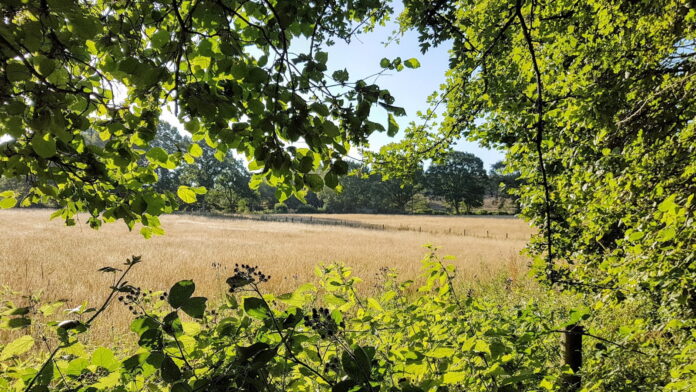Rewilding is a progressive approach to conservation that aims to restore and protect natural processes and wilderness areas. This movement seeks to reintroduce native species, rebuild ecosystems, and allow nature to regain its balance without human interference. Originating in the late 20th century, rewilding has gained momentum as a solution to combat biodiversity loss and mitigate the effects of climate change. By prioritizing ecological restoration, rewilding offers a hopeful vision for the future of our planet.
At its core, rewilding is about creating self-sustaining ecosystems that can thrive without continuous human management. This involves reintroducing keystone species, such as large predators and herbivores, which play critical roles in maintaining the health of ecosystems. The presence of these species can trigger a cascade of positive ecological effects, from controlling prey populations to fostering plant growth and increasing biodiversity. By focusing on these foundational elements, rewilding aims to restore the natural balance that has been disrupted by human activities.
The global rewilding movement is not just about ecological benefits; it also has significant social and economic implications. Restored landscapes can provide new opportunities for eco-tourism, create jobs, and enhance the quality of life for local communities. Moreover, rewilding can help build resilience against climate change by sequestering carbon and improving water management. As such, the movement represents a holistic approach to environmental stewardship that integrates ecological, social, and economic dimensions.
Case Studies: Successful Rewilding Projects Around the World
One of the most celebrated rewilding projects is the restoration of a national park in Europe, where the reintroduction of wolves has transformed the ecosystem. The presence of wolves has led to a reduction in deer populations, allowing vegetation to recover and promoting the return of other species, such as birds and beavers. This project has demonstrated the profound impact that reintroducing a single keystone species can have on an entire ecosystem, serving as a model for similar efforts worldwide.
In South America, a vast wetland region has been the focus of an ambitious rewilding initiative. Here, conservationists have reintroduced several native species, including jaguars, giant otters, and macaws. The project has not only revitalized the ecosystem but also provided economic benefits to local communities through eco-tourism. This success story highlights the potential for rewilding to create win-win scenarios where both nature and people thrive.
In Africa, a large-scale rewilding project has focused on restoring savanna ecosystems by reintroducing elephants and other herbivores. These animals play a crucial role in maintaining the savanna landscape by preventing the overgrowth of vegetation and promoting biodiversity. The project has also involved local communities in conservation efforts, fostering a sense of stewardship and ensuring the sustainability of the rewilding initiatives. This case study underscores the importance of community involvement in the success of rewilding projects.
Challenges and Future Prospects in Global Rewilding Efforts
Despite the successes, rewilding faces several challenges that must be addressed to ensure its long-term viability. One of the primary obstacles is securing sufficient funding and resources for large-scale projects. Rewilding often requires significant financial investment for land acquisition, species reintroduction, and ongoing management. Additionally, there can be resistance from local communities and stakeholders who may have concerns about the impact of rewilding on their livelihoods and safety.
Another challenge is the complexity of ecological systems and the unpredictability of outcomes. Reintroducing species can have unintended consequences, and it is often difficult to predict how ecosystems will respond. This underscores the need for careful planning, monitoring, and adaptive management to ensure that rewilding efforts achieve their desired goals. Furthermore, climate change adds an additional layer of uncertainty, as shifting environmental conditions can affect the success of rewilding initiatives.
Looking ahead, the future of global rewilding is promising, with growing awareness and support for ecological restoration. Advances in science and technology, such as genetic research and satellite monitoring, are providing new tools to enhance rewilding efforts. Collaboration between governments, conservation organizations, and local communities will be crucial in overcoming challenges and scaling up successful projects. By continuing to learn from past experiences and adapting to new conditions, the global rewilding movement can play a vital role in creating a more sustainable and resilient planet.
